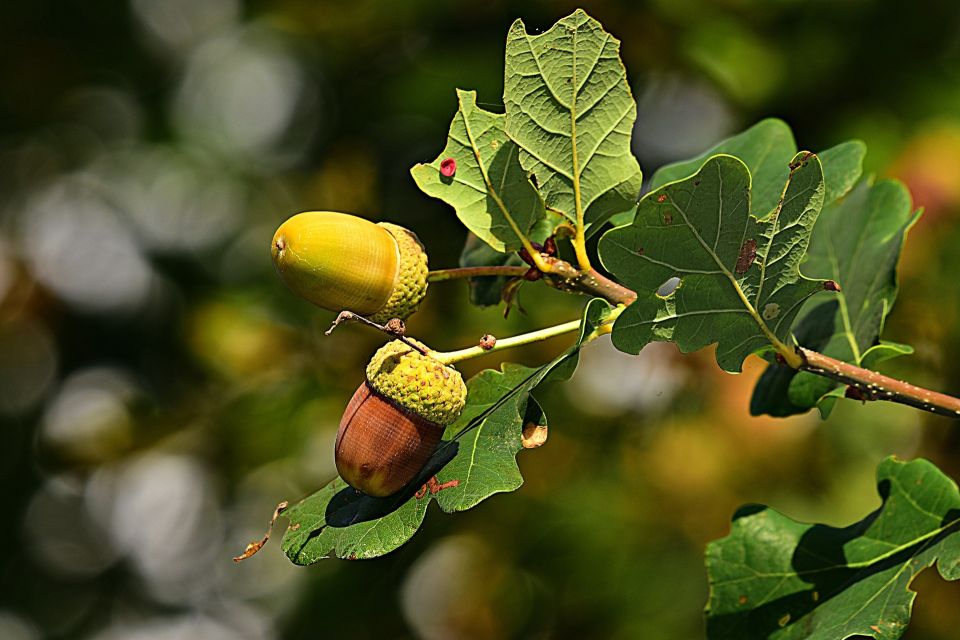From Little Acorns...

Author John Lewis-Stempel contemplates the oak tree’s place in British history – and why, in the future, it might be more important than ever.
Once upon a time, the oak touched the lives of every British person from cradle to grave. Literally. It was crib and coffin. For centuries indeed, the oak was to the British what the buffalo was to the Sioux: the all provider. Oak was timber for cottages, it was the fuel of the early industrial revolution, it was the farmer's plough; acorns fattened pigs, oak leaves made wine, tannin from the wood preserved leather. Ink from oak galls recorded the details of life in the parish registers, the course of events in the court annals.
Small wonder that the British came to regard the oak as their tree, a symbol of nationhood, fortitude. Something of this reverence is illustrated in the fact that Britain today has more ancient oaks than all other European countries combined.
The Druids worshipped the oak as a semi-sentient being. Stand before a venerable oak, and the humanness of the tree is difficult to resist, even to those sworn to science. An old oak is a character, which is why so many are named by their local comunities (and even visited by admirers), celebrated in song, portrayed in legend. When JRR Tolkien created Ents, the walking tree beings in Lord of the Rings, it was the oak which inspired him.

Did you know, there are two oaks native to Britain? The English, common, or pendunculate oak (Quercus robur), and the durmast or sessile oak (Quercus petrae). Both trees are similar in appearance and grow to roughly the same height (20m to 25m average). They can be differentiated like so: the pendunculate bears its acorns on long stalks -elves use them for their tobacco pipes in fairy stories- while its leaves have little lobes at the base. The sessile has a short stalk for the acorn, and a long stalk for the leaf, which lacks lobes.
That said, a British oak is a British oak. The quality of the timber is virtually identical, as is their shape, and their fruit. Anyway, they hybridize madly.
Also both robur and petrae share the quality that causes the contemporary reverence for the oak. No other tree in the forest, the park, the field provides such a home for nature. An oak is a universe in itself, home to upwards of a thousand species. An oak is an entire eco-system.
And this is why the oak is the tree of our future, as well as our past. For centuries the oak made the 'wooden walls' of the Royal Navy, an age old protector. Now we need the oak to defend us again, this time against the foe within. Environmental catastrophe of our own making.
_________________________________
Adapted from The Glorious Life of the Oak, John Lewis-Stempel, Doubleday, £8.99, published 18 October 2018. Get your copy from Waterstones, Amazon or your local independent bookshop.
Donate to Trees for Cities and together we can help cities grow into greener, cleaner and healthier places for people to live and work worldwide.
Donate